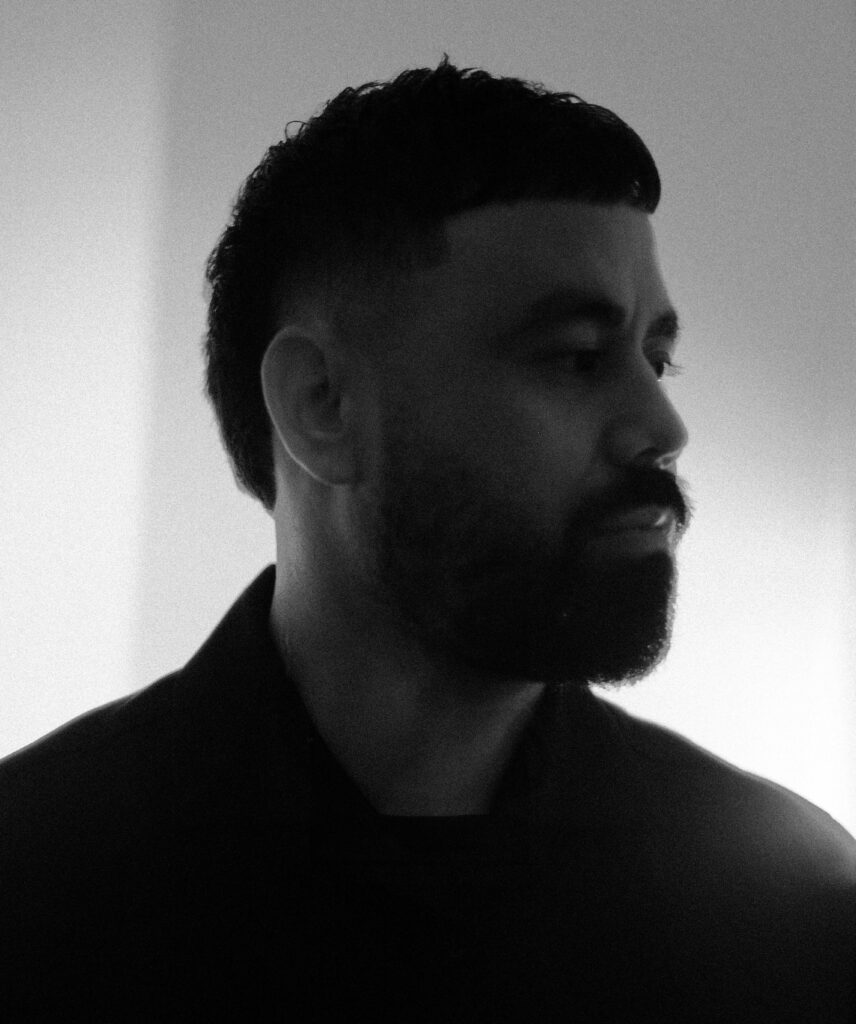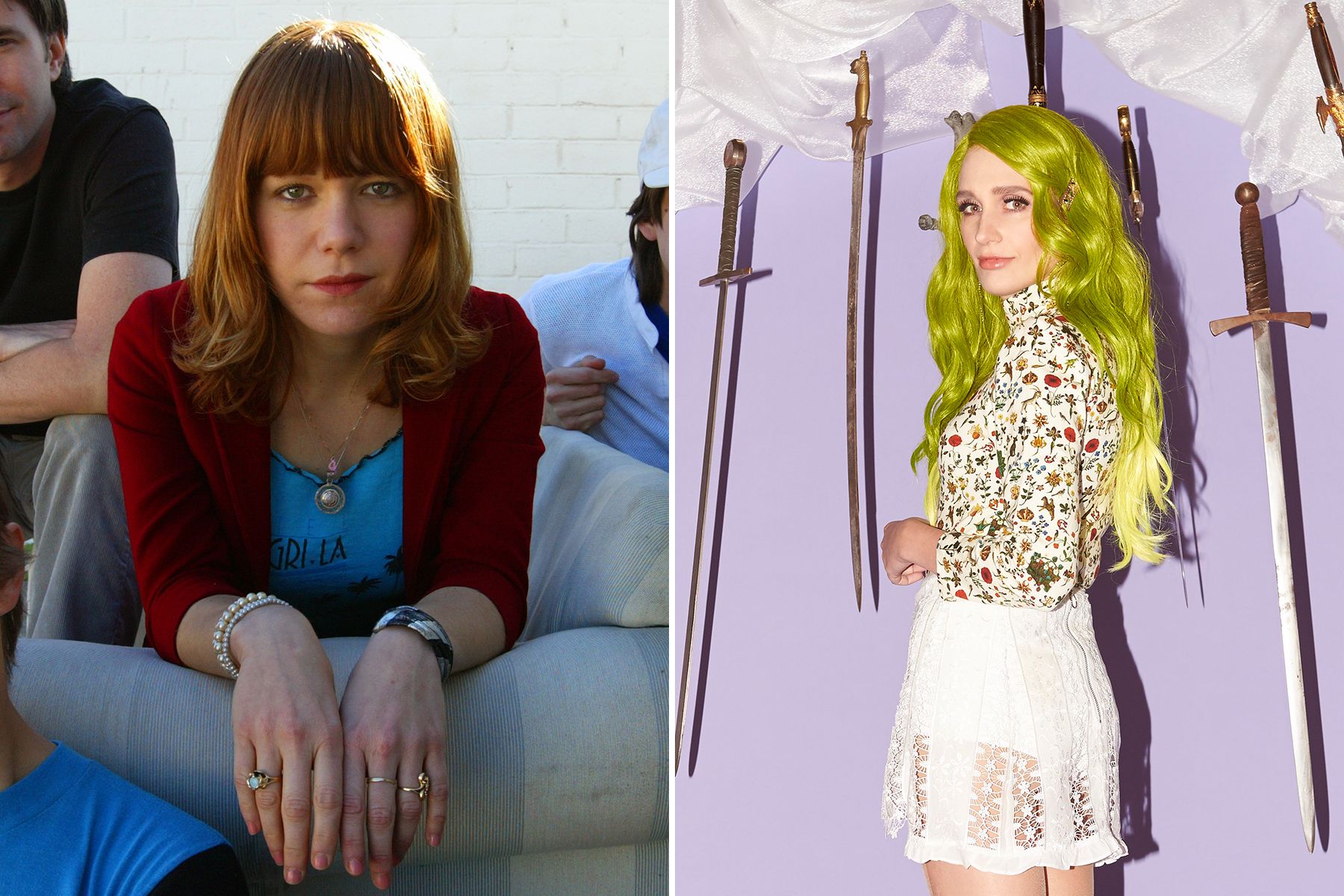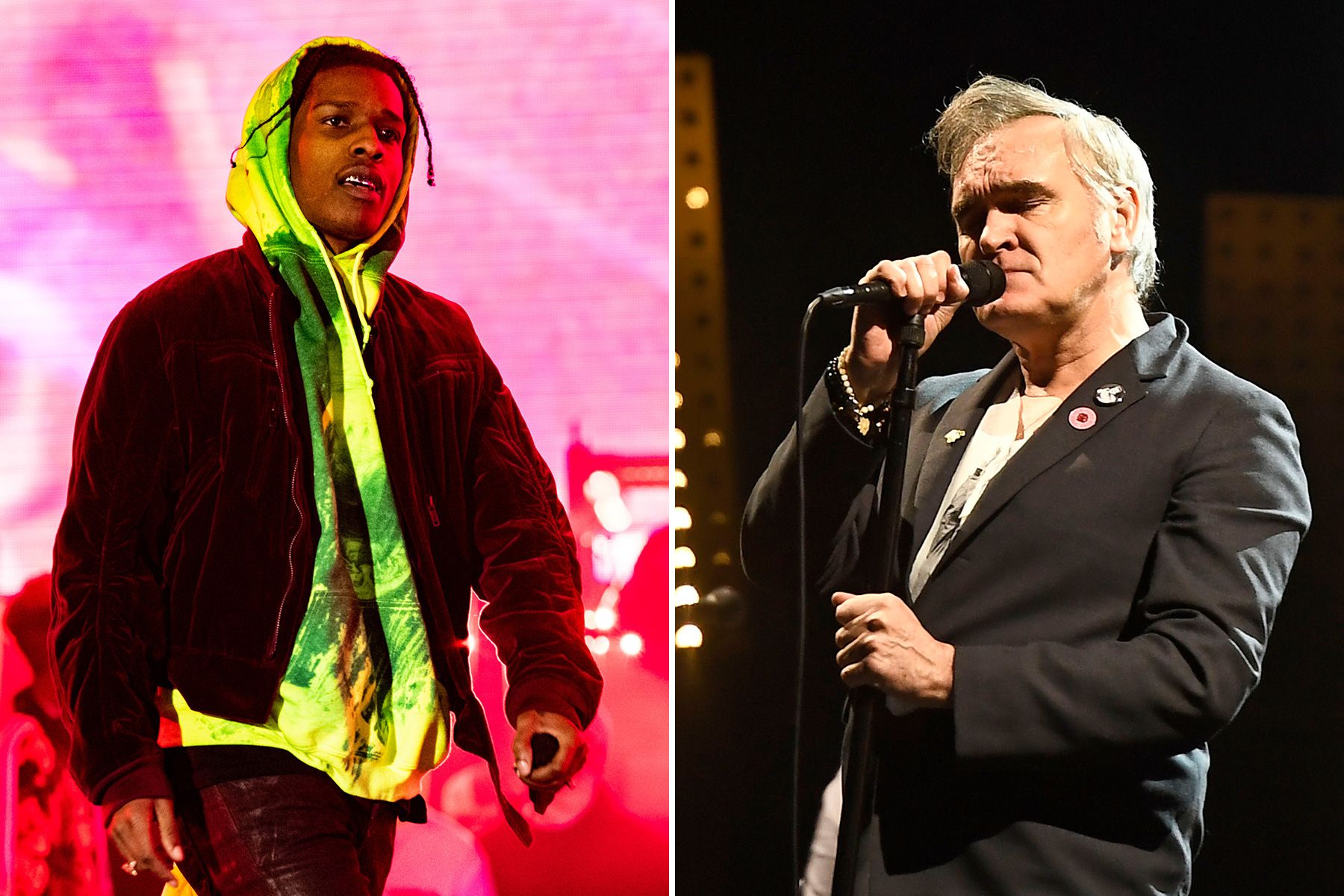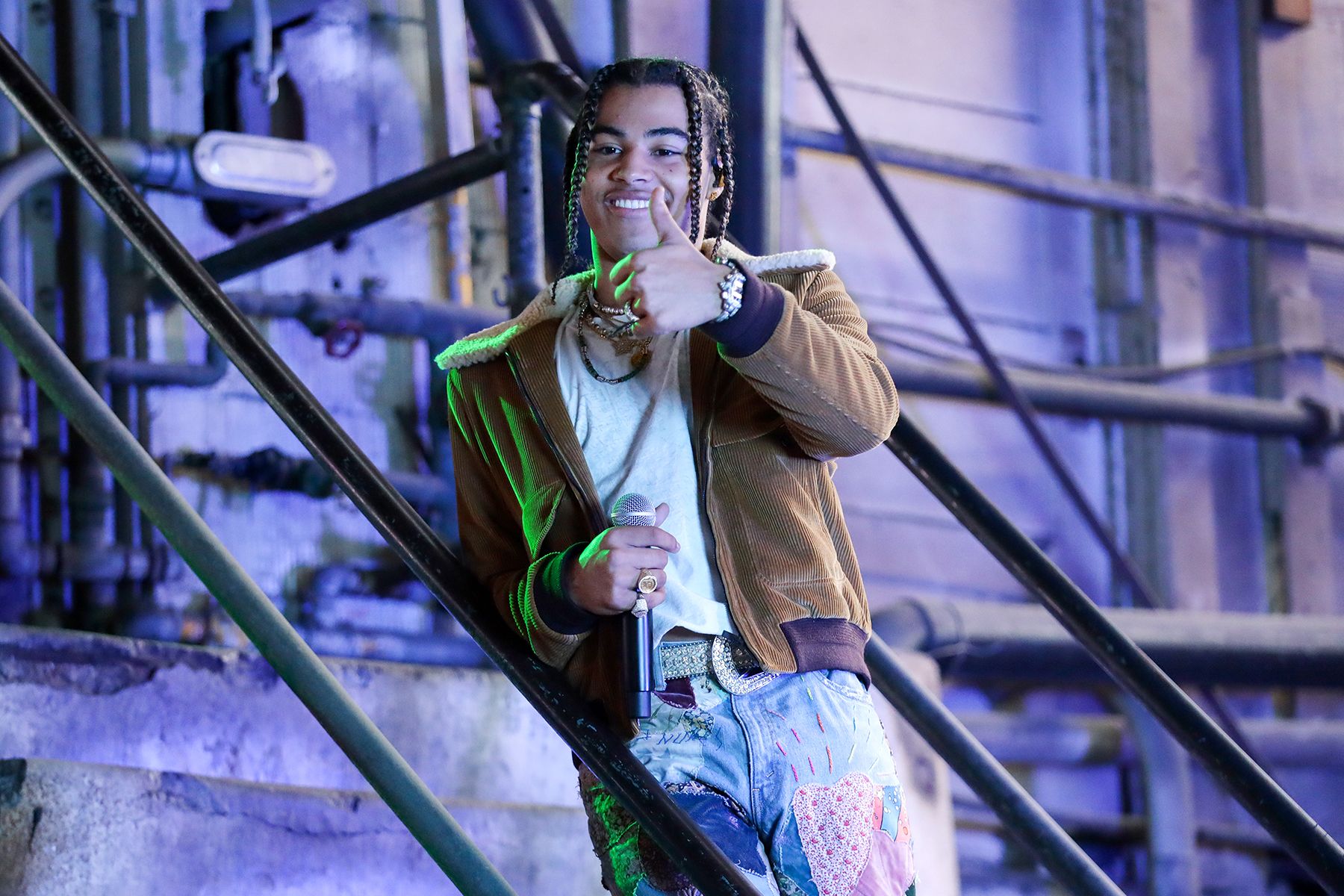
For Ta-ku, Creativity Means Constant Change
Editor’s Note: This feature was produced in partnership with Adobe. Learn more about the Firefly app here.
Ta-ku is reluctant to take too much credit for the way his career has panned out, simply attributing his success to a love of experimentation and a relentless work ethic. It’s the sort of humility that might seem disarming, if it wasn’t for the effusiveness in his voice whenever he talks about himself or his process.
But the undercurrent of so much of what Ta-ku—born Regan Matthews—does is a sincerity that fosters an emotional connection to the work. In everything he creates, you get the feeling he is working from a place of authenticity that makes the art compelling.
After a string of credits in the Australian underground hip-hop scene, Ta-ku’s’ fame first exploded in the early 2010s with the release of his EP Songs to Break Up To. A heady mix of hip-hop, electronica, and ambient sounds, the project charted the course of a fresh heartbreak. With it, Ta-ku became one of the most sought-after producers in a rapidly expanding internet music industry.
“The Australian hip-hop scene, it was a lot different back then… that was the only kind of scene around that I felt like I could be a part of,” Ta-ku says.
After becoming frustrated and fatigued by the music industry, Ta-ku pivoted to photography, quickly finding success with both personal and commercial work. This kicked off a sequence of career moves that saw him swing between music, photography, and creative direction—he launched his own agency, Pretty Soon, in 2018.
“I just go hard and fast. It’s probably a bad thing, but it’s just my personality,” he says.
It’s precisely this drive—taking risks and pushing boundaries to see where they lead—that keeps him ahead of the curve. So it stands to reason that he would be an early adopter of one of the next great shifts in art and society at large: artificial intelligence.
“I’ve never really seen myself as an innovator or a trailblazer or whatnot; I just adapt to survive really.”
An Adobe ambassador since 2024, Ta-ku uses Adobe Firefly, a program he describes as a “really powerful image editor.” He is cautiously optimistic about how humans and AI can come together to create art, choosing to see it as a tool that can spawn new creative careers and expand artistic horizons. Still, he maintains that nothing will ever replace human creativity.
Thanks to Adobe, Ta-ku sat down with Complex Australia to talk about his career, his creative process, and how Firefly and AI are shaping the future.
How did you start as an artist?
When I look back at the early days now, it was just fun. It was fun to just make stuff and to put it out. I started making beats when I was seven years into a job as a health insurance salesman—at that point I had very low dreams for myself. I wanted to make stuff because I felt, if I don’t, I’d be suffocating at this full-time job. That was my MO: ‘I’m just going to make as much music as I can to see if I’m any good at it.’ And that was the impetus back then. So I’m kind of always chasing that feeling, just creating because why not? And if I don’t, how will I express myself?
Who were your early inspirations?
When it comes to the Australian hip-hop scene, it was a lot different back then. It was people like Hilltop Hoods, Obese Records—a lot of Australian hip-hop that I was trying to tuck myself into because that was the only kind of scene around that I felt like I could be a part of. And then globally, it was always like J Dilla, 9th Wonder, DJ Premier, early Kanye West. Those kinds of people were big inspirations for me.
The times in your career that you’ve changed creative disciplines—is that brought on suddenly or gradually?
I like to say they’re gradual, but I think they’re pretty sudden. I have a personality where I feel the gradual part of it is me appreciating those things for a while and then something will happen in my life where I need to pivot because that’s what’s right for me. How I moved from music to photography is a perfect example. I loved making beats, but touring and performing wasn’t my thing. So I quit touring and fell in love with photography. I took my camera everywhere, hit up people I met through the music industry to see if they needed any photography services, then fell into fashion and street photography. I just go hard and fast. It’s probably a bad thing, but it’s just my personality.
How would you describe your process?
One thing I’ve read and seen said about me is that I’m quite prolific. I don’t know that I fully agree—to me, prolific connotes complete mastery plus a lot of output, which I’m not sure is the case. But I do believe in momentum and just putting my foot down no matter what. It’s always been like that with music, with photography, with being a creative director. I’ve always felt like there’s no point waiting. If you feel good about something, just go—and when it’s finished, it’s finished. I’ve never been one to painstakingly create something to the point where I’m so sick of it. I think I’ve mastered this attitude towards just making stuff, putting it out, and moving on. That feels really good.
Who are your inspirations today?
Where I’m at the moment is an interesting stage of my career. I went from music to photography to creative services and creative direction, and now photography is kind of coming back in a way that I hadn’t really expected. It’s become this really personal hobby that has been such a breath of fresh air and kind of rebirthed my love for it. I’m inspired by figuring out what the next step is for me and looking at what other people are doing. I really love the new wave of storytellers we see all over the internet. I think this new age of storytelling is so important in a time where AI is becoming the majority. Seeing young artists tell stories in their own medium is really interesting to me, and it’s kind of put me in a new place creatively—figuring out what kind of artist I want to be now, over the next decade. What do I want to say, and how do I want to say it?
How quickly did you start to integrate AI into your art?
As soon as it started bubbling in terms of consumer-facing products, which I guess was four years ago. All of the products that I use—Adobe and some others I’d seen on the internet — that’s when I started experimenting. I didn’t accept it and run with it straight away, but I definitely tested it as much as I could to see what it was about. At that point I was deep in having my own creative agency and just experimenting with visual creative expression and seeing what AI could do.
You’re clearly an artist who isn’t afraid of AI. Why?
I think about it all the time, whenever I put something out that has AI messaging, because I know it could be damaging and I know some people will question if I’m a legitimate artist. So I’m going to be honest about it, because I think it’s important for me as an artist to be clear about how I use it. But I also believe you’ll never be able to replace human creativity. For today’s youth, avoiding AI won’t be possible—it’s only going to become more intense. So I think it’s important to understand that if you want to use AI as a tool to be an artist, that’s possible. But at the same time, you need to dedicate yourself to those 10,000 hours if you want to be an artist who actually has something to say. If you want to use it to experiment, see what excites you, see what ideas in your head come out—that might be the start of you becoming the next great sculptor of our generation. I just think there has to be a balance and a realistic expectation of what the next generation is going to face.
How do you balance what you let AI do in your art and what you still do yourself?
It’s normally for anything I’m lacking. Like, if I want to experiment or create something in Firefly for my own exploration and see where it can take me. Since I’m not an illustrator or a professional 3D artist, I use it as an experimentation tool to bring new ideas to life or inspire me to chase a new idea. I don’t use it to put out my final art, but I use it for bouncing ideas around and starting new projects.
How does Firefly enhance your artistic process?
I actually didn’t start using Photoshop until Firefly became integrated into it, because Photoshop felt like a tool I wasn’t ready for. But then Firefly opened it up in terms of being able to make a lot of images. I do a lot of image-making, whether it’s photography straight out of the lens or manipulating my photography or digital image-making. Adobe Firefly is just a really powerful image editor. Firefly integrated into Photoshop is my favourite because I spend every day in it now. If I’ve taken an image on my phone or camera, I take it into Photoshop and remix it until I’ve made something new—that’s my daily experimentation most of the time, to be honest.



